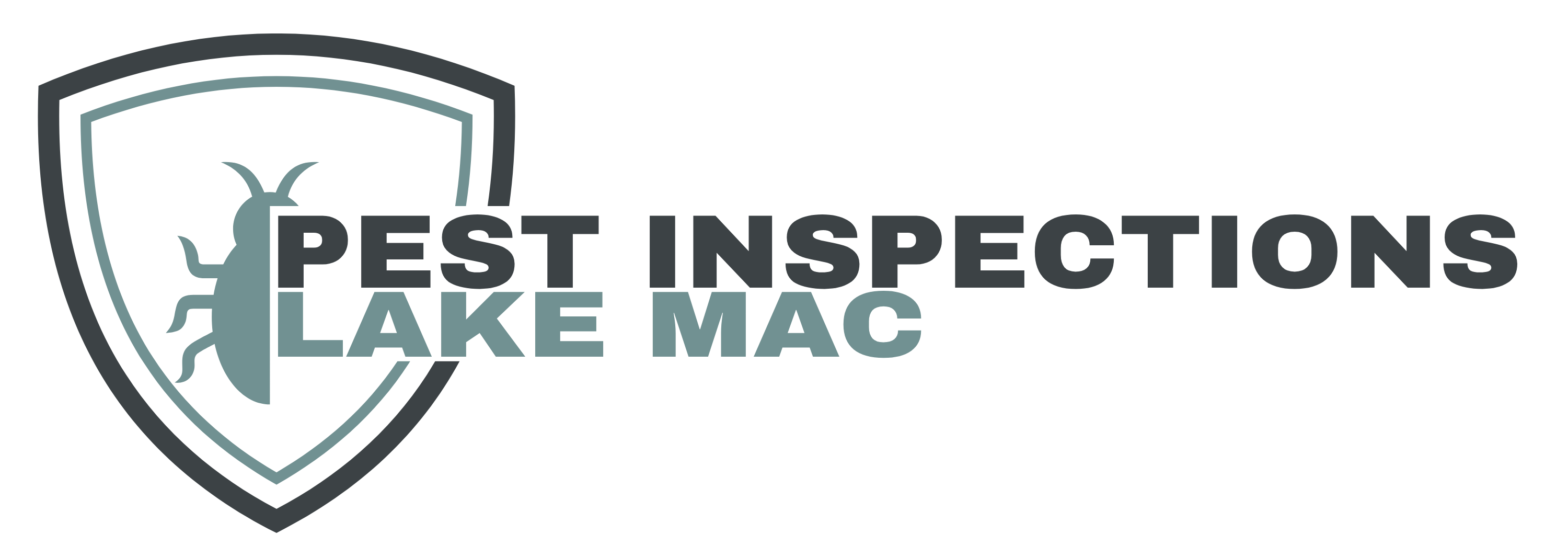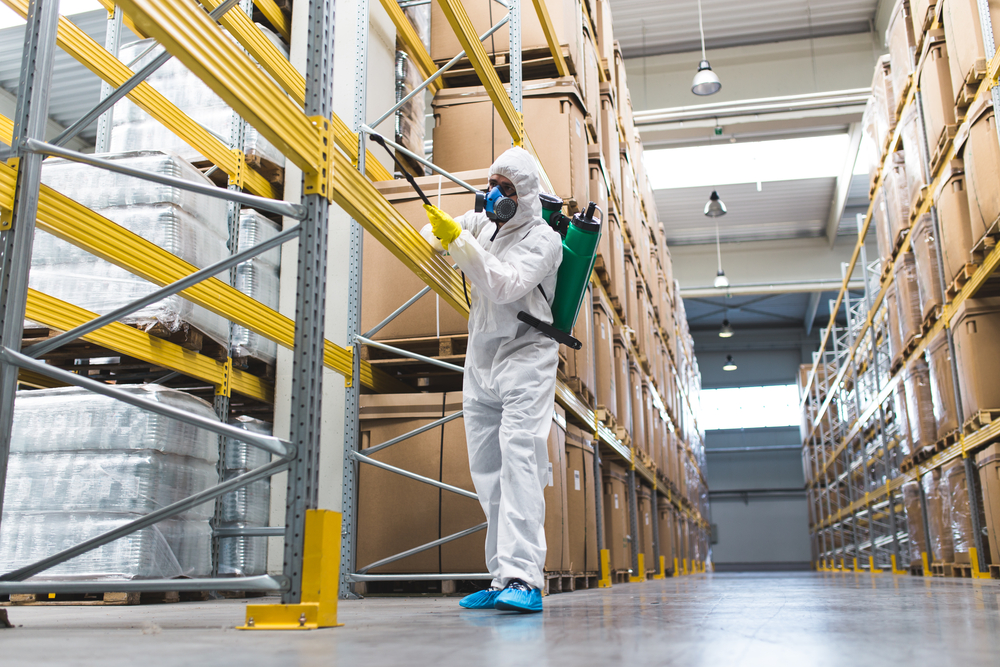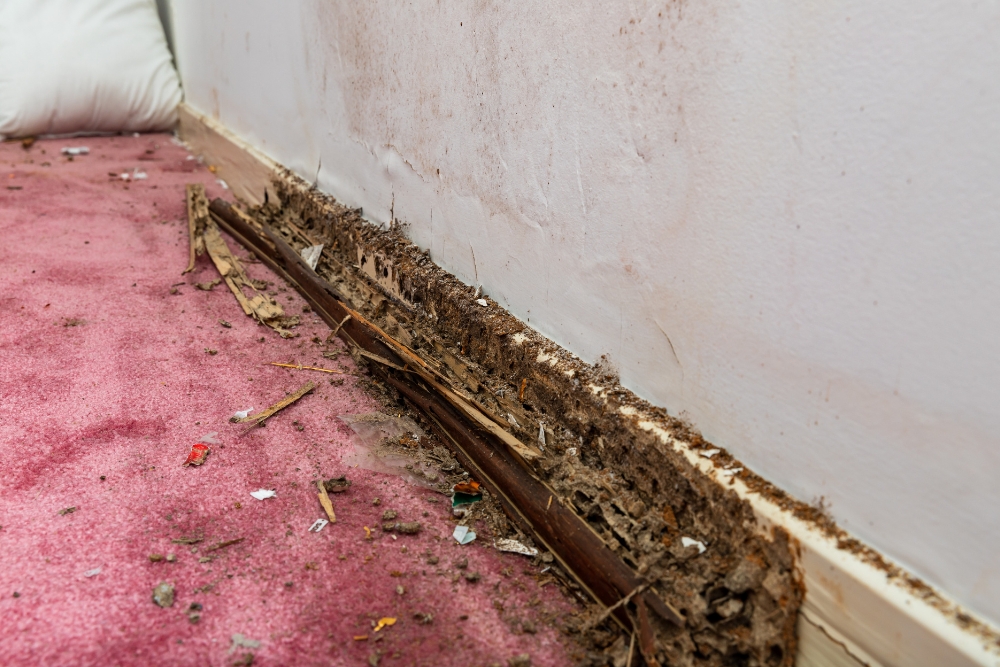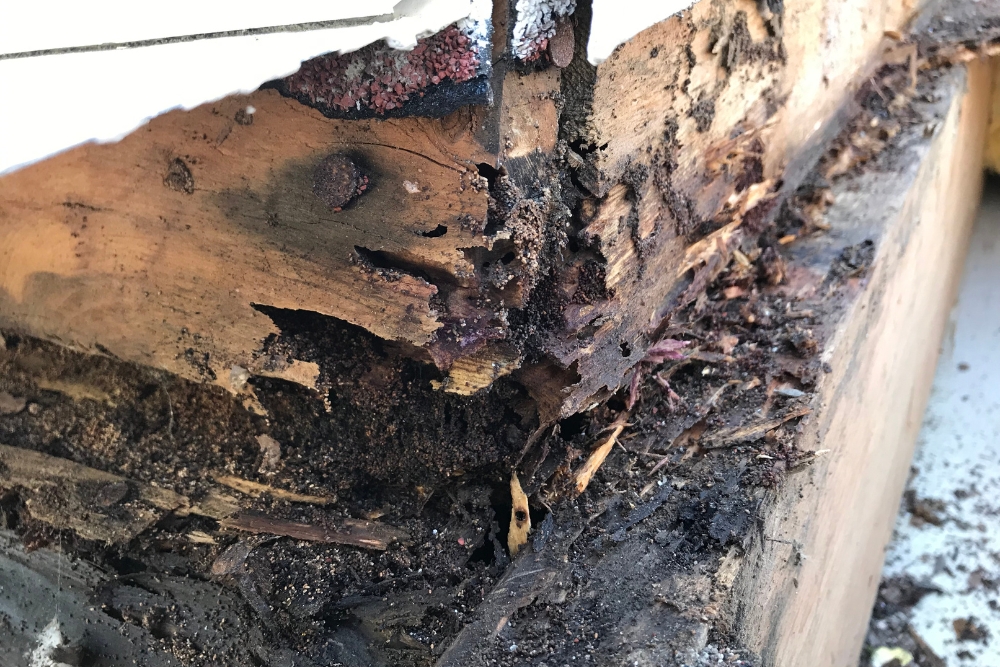Dealing with pests, from rats to roaches, poses significant challenges in warehouses across Australia. This article introduces the complex issue of pest control within these settings, highlighting its importance for maintaining a safe and productive work environment.
Pests like insects, rodents, and birds can easily find their way into warehouses, causing damage to products, contaminating working areas, and leading to substantial financial losses. The key to managing these challenges lies in understanding the habits of different pests which allows for effective control strategies.
Regular cleaning and maintenance routines are crucial in preventing infestations by eliminating potential food sources and breeding grounds. Moreover, implementing proper stock rotation practices and installing relevant pest management systems such as insect light traps or ultrasonic rodent repellers play a vital role in keeping these unwanted guests at bay.
Ensuring that the warehouse is properly sealed off from the outside environment also helps prevent pests from entering. A well-structured pest control program not only protects the physical assets within a warehouse but also safeguards against contamination of goods, maintains productivity levels high.,and helps avoid legal repercussions associated with non-compliance to health regulations.
Educating staff about vigilance against pests and conducting regular inspections are further essential steps towards creating a secure working environment. This introductory overview sets the stage for exploring how incorporating best practices in pest management can lead to more efficient operations within warehouses.
Keep reading to discover how you can effectively tackle this challenge!
Key Takeaways
- Identifying and understanding the different pests, such as rodents, insects, and birds that infest warehouses is crucial. Knowing their habits helps in implementing targeted pest control strategies effectively.
- Regular cleaning, maintenance, and proper stock rotation are key practices for preventing pest infestations. These actions help eliminate potential food sources and breeding grounds for pests.
- Installing relevant pest management systems like insect light traps, and ultrasonic rodent repellers, and ensuring good plumbing can keep pests at bay. Securing the warehouse perimeter by sealing entry points also plays a significant role in keeping the facility pest-free.
- Implementing a comprehensive pest control program safeguards products from contamination, protects property from damage, maintains productivity levels high.,and avoids legal consequences due to non-compliance with health regulations.
- Training staff on the importance of vigilance against pests and maintaining regular inspections are essential elements in managing pest challenges efficiently. This ensures a safe working environment while preserving both the reputation of the warehouse and ensuring operational continuity.
Understanding Pest Problems in Warehouses
Warehouses are prime targets for a variety of pests, including insects like beetles and moths, rodents such as rats and mice, and even birds that find their way inside seeking shelter. These pests not only bring about product contamination, rendering goods unsellable and unsafe for consumption, but they can also cause significant property damage by gnawing on structures and wiring, potentially leading to costly repairs and fire hazards.
Additionally, infestations can disrupt operations, leading to a loss of productivity as employees and resources are diverted to manage the issue. The presence of pests can severely tarnish a warehouse’s reputation, as customers lose trust in the ability to provide safe and high-quality products.
Furthermore, failing to control pests effectively can result in legal consequences, including fines and sanctions from health and safety regulators, highlighting the importance of implementing robust pest management strategies in warehouse settings.
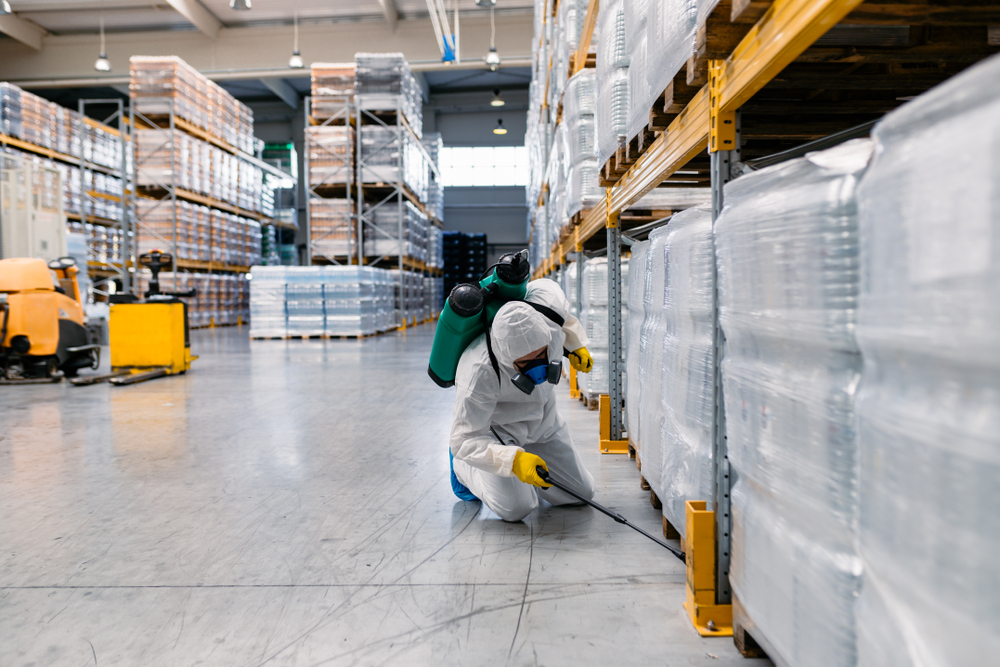
Types of pests commonly found in warehouses
We deal with a range of pests in warehouses, including insects like roaches and beetles. These critters can sneak into the tiniest cracks, infesting products and causing contamination concerns.
Securing goods against these intruders requires vigilant pest management practices to maintain warehouse sanitation.
Rodents such as rats and mice also pose significant threats by gnawing through materials, leading to property damage and potential product loss. Birds find their way into large spaces like warehouses too, leaving droppings that contaminate surfaces and goods.
Implementing effective rodent control measures alongside strategies for deterring birds is crucial for keeping facilities pest-free and operational.
Risks and damages caused by pests in warehouses
Pests in warehouses bring significant risks and damages. They can contaminate products, compromising safety and hygiene. Their presence leads to property damage, affecting the structural integrity of the building.
Additionally, pests cause loss of productivity by disrupting workflow and operations, resulting in financial implications. Legal consequences may arise due to a breach of health and safety regulations. Reputation damage is a risk when customers learn about pest problems in your warehouse.
Importance of Implementing a Pest Control Program

Implementing a comprehensive pest control program is a foundational step toward securing a clean and safe working environment within warehouse settings. By proactively managing pests, warehouses can safeguard their products, ensuring they remain uncontaminated and safe for consumers, which is particularly vital for businesses dealing with food and perishable goods.
Such a program also serves to protect valuable equipment and the structural integrity of the warehouse itself from the damaging effects pests like rodents and termites can inflict. Moreover, a well-executed pest control strategy helps maintain the health and well-being of warehouse staff, minimising the risk of diseases that some pests can spread.
Ultimately, investing in a robust pest control program underscores a commitment to operational excellence and regulatory compliance, reinforcing trust among customers and partners.
Contamination of products and working environment
Contaminated products and work environments pose serious risks to both health and safety. Pests such as rodents, insects, and birds can introduce harmful bacteria and pathogens into stored goods, leading to potential contamination.
This not only affects the quality of your products but also jeopardises the well-being of employees working in these areas. Implementing regular pest control measures is essential to prevent infestations that could compromise the integrity of your stock and expose workers to health hazards.
Maintaining a clean working environment is crucial for ensuring the safety of stored products and minimising health risks for employees. Regular inspections for signs of pest activity, coupled with effective pest management strategies, are key in preventing contamination and upholding a safe warehouse environment.
Property damage
Pests can cause significant damage to warehouses, including chewing through packaging and wiring, leading to fire hazards. Infestations of insects and rodents can contaminate stored goods, resulting in financial losses due to spoilage or product recalls.
Additionally, pests may compromise the structural integrity of the building by burrowing into walls or gnawing on wooden components, potentially leading to costly repairs and posing safety risks for workers and visitors.
Implementing effective pest control measures is crucial in preventing property damage and preserving the integrity of warehouse facilities. Regular inspections for signs of infestation and promptly addressing any issues are key in safeguarding against such destruction caused by pests.
Loss of productivity
Pests in warehouses can disrupt daily operations and lead to a significant drop in productivity. Insects, rodents, and birds can contaminate and damage products, leading to delays in production or order fulfilment.
Additionally, the presence of pests can cause workers to spend time dealing with infestations instead of focusing on their tasks. These interruptions impact the overall efficiency of warehouse operations.
Implementing a comprehensive pest control programme is crucial to ensure uninterrupted workflow within industrial facilities. Regular inspections and proactive measures such as proper stock rotation systems and maintenance play a vital role in preventing infestations that could otherwise result in costly downtime.
Reputation damage
Pest infestations tarnish a company’s reputation. Negative online reviews and word-of-mouth can quickly spread, impacting customer trust and brand image. It is essential to act promptly and effectively to prevent pest issues from damaging the hard-earned reputation of your warehouse or facility.
Legal consequences
Failure to address pest infestations in warehouses can lead to significant legal consequences, including fines and potential closure of the facility. Breaching health and safety regulations related to pests can result in penalties from regulatory authorities.
Moreover, ignoring pest control measures may leave businesses vulnerable to legal action from employees or customers affected by pest-related issues on the premises. Warehouse managers and owners must adhere to relevant laws and guidelines regarding pest management, ensuring compliance with industry standards and protecting themselves from legal liabilities.
Maintaining a proactive approach towards pest prevention not only safeguards the operational continuity of warehouses but also helps mitigate potential legal risks associated with pest infestations.
Best Practices for Warehouse Pest Control
Implementing a stock rotation system in warehouses plays a vital role in pest prevention, as it discourages the accumulation of old products that might attract pests looking for food and nesting materials. Coupled with regular cleaning and maintenance routines, such practices significantly reduce the risk of infestations by removing potential food sources and hiding spots for pests.
Ensuring that the warehouse is kept in optimal condition through these efforts minimises the attractants that can lead to pest problems. Furthermore, the installation of relevant pest management systems, such as bait stations, traps, and barriers, is crucial for a comprehensive approach to preventing pests.
These systems, when strategically placed and regularly monitored, provide an additional layer of protection, actively deterring pests from establishing a presence in the warehouse and safeguarding the stored goods from potential damage.
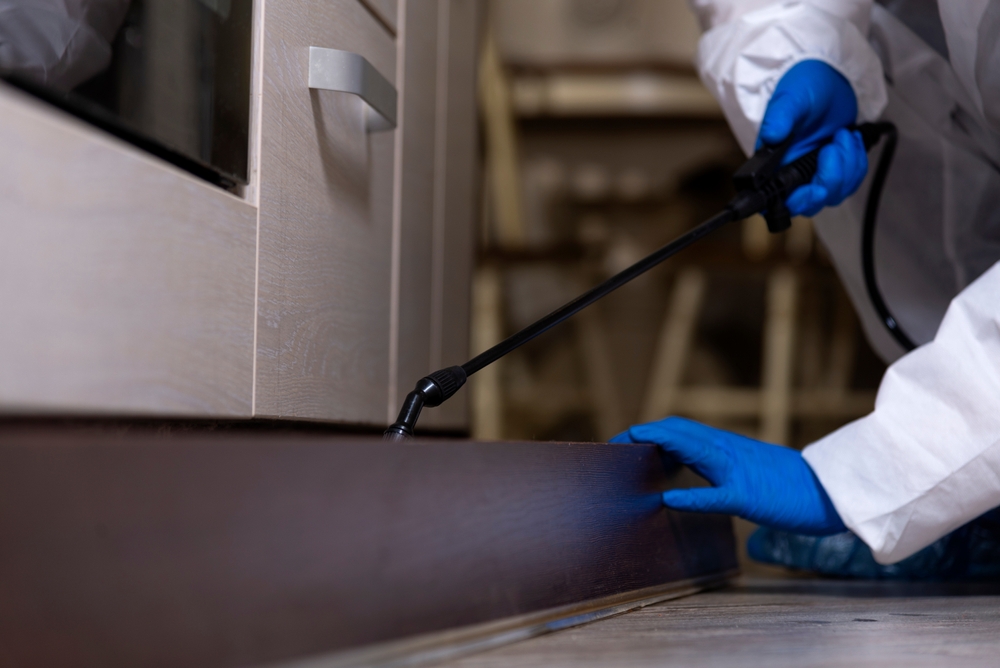
Proper stock rotation system
Implement a clear and effective stock rotation system to minimise the risk of pests infesting stored products. Regularly inspect and rotate stock, using the “first in, first out” approach to ensure older products are used or sold before newer ones.
Train staff on the importance of stock rotation and how it contributes to pest prevention, creating a culture of vigilance throughout your warehouse. Additionally, check for damaged packaging or spills that could attract pests and address any issues promptly.
Conduct routine audits to enforce compliance with your stock rotation system, enhancing overall pest management efforts within your facility.
Identification and knowledge of different pests
Identifying and understanding the characteristics of various pests is crucial for effective pest control in warehouses. Recognising the signs of infestation by insects, rodents, and birds is essential.
Therefore, familiarising ourselves with common pests such as cockroaches, rats, and flies helps in determining the suitable approach for eradication.
Acquiring knowledge about different types of pests enables professionals to tailor their pest management strategies accordingly. Understanding the behaviours and habitats of these pests aids in implementing targeted pest control methods to prevent infestations effectively.
Regular cleaning and maintenance
Regular cleaning and maintenance play a crucial role in managing pests in warehouses. Inspecting and cleaning storage areas regularly helps to identify and eliminate potential pest habitats, preventing infestations.
Proper waste management, maintaining cleanliness, and promptly repairing any leaks or damages are essential for creating an environment that is less attractive to pests.
Implementing a strict cleaning schedule ensures that all areas of the warehouse are routinely maintained, reducing the risk of infestations by eliminating food sources and nesting sites.
Installation of relevant pest management systems
Installing relevant pest management systems is crucial in ensuring a pest-free warehouse environment. Implementing integrated pest management (IPM) strategies, such as installing insect light traps, ultrasonic rodent repellers, and bird netting can effectively deter and control pests within the premises.
Additionally, utilising tamper-resistant bait stations and conducting routine inspections by qualified professionals helps to identify existing infestations promptly.
Implementing these systems not only prevents infestations but also maintains compliance with health and safety regulations. Regular maintenance of these systems is essential to ensure their effectiveness in safeguarding the warehouse from potential pest-related hazards.
Securing perimeters and proper plumbing maintenance
Proper plumbing maintenance is crucial in preventing pest infestations. Regular inspections of pipes and drains can help identify potential entry points for pests. Securing perimeters by sealing cracks, crevices, and gaps in walls and foundations also plays a significant role in keeping pests out of warehouses.
Australian homeowners, building inspectors, and pest inspectors should prioritise these measures to maintain a pest-free environment. Inspections should be conducted regularly to ensure that the warehouse remains impenetrable to pests, safeguarding against potential infestations.
Implementing pest control systems around plumbing fixtures helps prevent access points for pests such as rodents and insects. All individuals involved in warehouse management need to recognise the importance of these practices – not only do they protect the structure from damage but also prevent health risks associated with pest infestations.
Call Us!
Tackling pest control in warehouses, from sneaky rats to pesky roaches, isn’t just a one-time deal; it’s about really getting to the bottom of what’s inviting these uninvited guests in the first place. Investing in a solid pest control program isn’t just important, it’s essential for keeping things running smoothly and keeping your goods in top-notch condition. And let’s be honest, sticking to the best practices for keeping those critters at bay makes a huge difference – think regular clean-ups and smart pest-proofing tricks.
But sometimes, DIY solutions and in-house efforts just don’t cut it. That’s where bringing in the pros comes in handy. Professional pest control services have the know-how and tools to tackle your pest worries head-on, giving you and your team the freedom to focus on what you do best.
Navigating pest control in warehouses might seem like a maze, but with the right strategies in play and a team of pest control warriors by your side, you can keep those critter crashes to a minimum.
